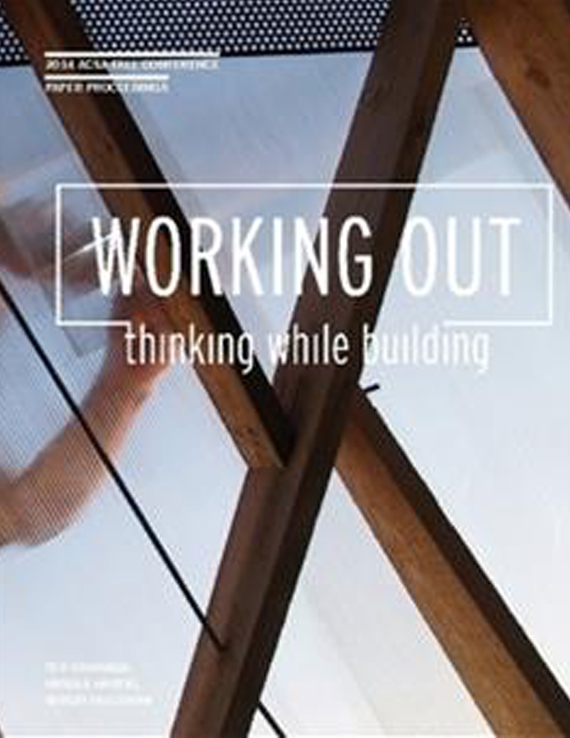Author(s): Andrew Phillip Payne
This paper starts with questioning teaching effectiveness by considering “do digital technologies make low-tech, hands-on activities and manipulatives outdated?” If the answer is no, then are there benefits to incorporating both high-tech and low-tech methods? We have to wonder what questions we should be asking ourselves when making decisions about effective integration of technology and hands-on activities in the architecture design studio!When discussing the notion of design through the process of architectural education, previously, many techniques professed by the Ecole des Beaux-Arts were demonstrated without the use of advanced technologies and computer support. The argument is not should schools venture towards only digital or only analog but rather how to mix the methods to provide a stronger balance of knowledge. As educators, we should consider what role hands-on making, manipulating, testing and understanding have in the computer-age classroom/design studio. Have new technologies changed the way we teach and learn the basics of natural systems, craft, materiality, and physical or spatial perceptions, etc.?A recent UCLA Teacher Education Program Inquiry Project on high-tech versus low-tech teaching in the urban classroom shows increased student engagement with high-tech teaching strategies. However, the project results also show an equal understanding of the content between both strategies. The project continues by implying that teachers who primarily use low-tech strategies are more able to present information in multiple ways, enabling students who possess less logical and mathematical or spatial intelligence to benefit from the presentation of information in various formats such as white- and black-board lectures. The purpose of this paper is to compare and evaluate examples of learning exercises, teaching methods and tools. With the ever increasing abilities of the computer and software, students are often left relying on digital output rather than the manual process of achieving a desired solution. Calculating sun angles, developing compound curves, selecting materiality and understanding accessibility have now been reduced to the click of a mouse and have removed students from hands-on exercises that previously fully immersed them in the design experience.The process of laser cut models, 3-D printing, CNC fabrication, and animation/rendered graphics is often preferred by the students and can be a very strong supplement to the long-hand method of basic material manipulations. This paper does not argue against the computer, but rather for the fundamental tools and methods that demonstrate effective integration of technology into hands-on activities. Architectural design and technology professors contribute with suggestions for the future of this hybrid teaching/learning process.Evidence from this collective teaching and learning process is demonstrated through student work in the Craft and Tectonics (design/make) studio, Project outputs include handcrafted and digital outputs, large and small.
Volume Editors
Sergio Palleroni, Ted Cavanagh & Ursula Hartig
ISBN
978-0-935502-94-7

 Study Architecture
Study Architecture  ProPEL
ProPEL 
